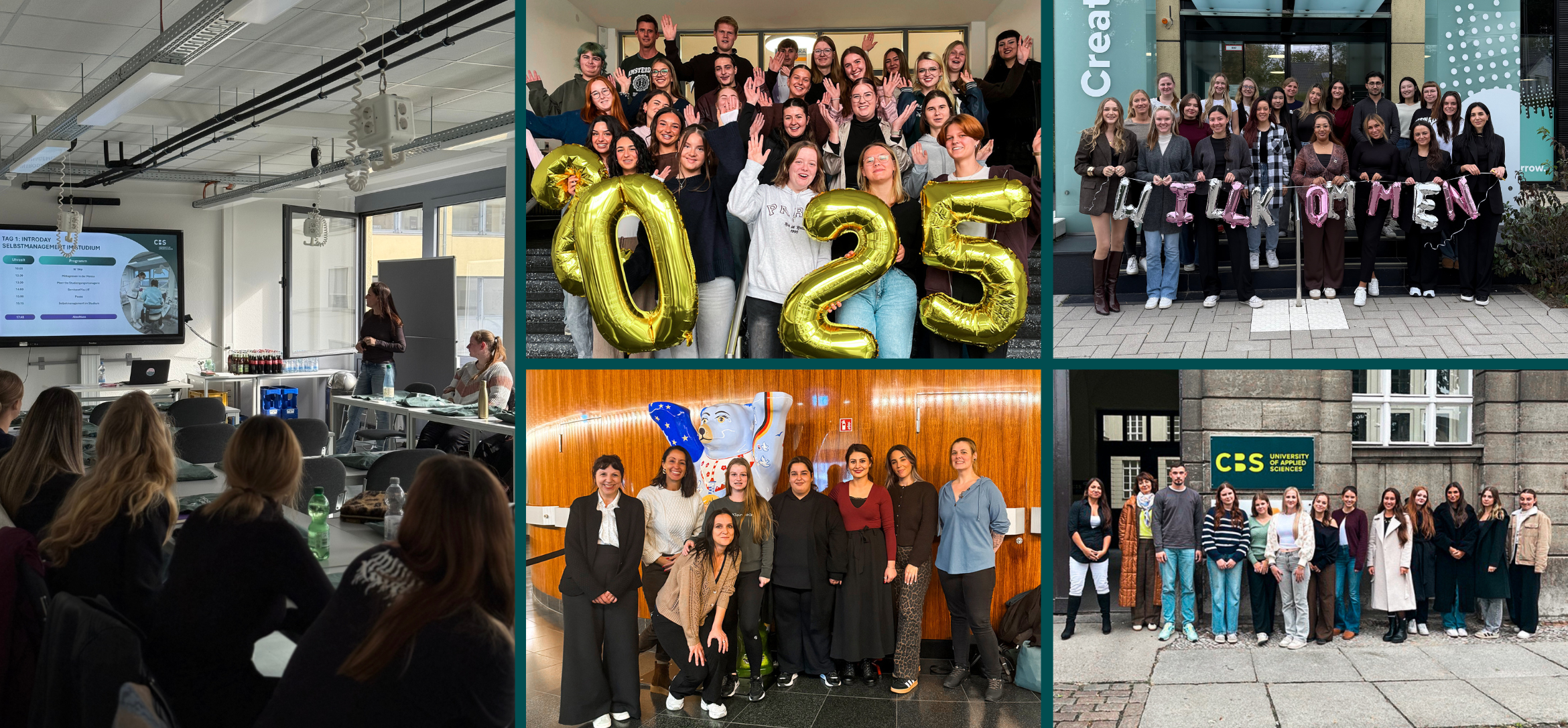
Since 2014, several big players in the automotive industry are working on another alternative way of powering cars: fuel cells! Why? Because the automotive industry struggles with the problem of building sustainable and environmentally friendly cars. This has various reasons: people are becoming more aware of the climate change, fuel keeps getting more expensive and will sooner or later run out and even the purely electric cars have issues concerning the recycling of their batteries. Even though the mentioned alternatives have already been successful, for example hybridized electric and fuel-powered combustion engines and purely electric, battery-powered cars, fuel cells are seen as most sustainable and efficient.
The conflict of hybrid, electric and fuel-powered engines
So far, we know cars powered by simple combustion engines, hybrid-engines since the first generation of the Toyota Prius in the late 1990’s, a combination of electric, battery-powered, and fuel-powered engines, and also purely electric cars like the Tesla Model S. Both, hybrid and electric cars have the advantage over merely fuel-powered engines in terms of direct emissions while driving. But, hybrid and electric engines have their struggles with indirect emissions, because the batteries take quite some time to recharge.
And the chargers also need to be powered – by electricity coming from power plants, of which the emissions are enormous. The batteries also have a lifetime of only three to five years and due to the distance they can drive with full battery, which is around 300 kilometres (elektroauto-hybridauto.de, 2017, own translation), they need to be recharged more often than normal combustion engines. Some models can drive more than 300 kilometres, but fuel-powered engines can still drive greater distances without refuelling. Further big disadvantages of electric cars are firstly the “high purchase price[s] due to the expensive batteries” and secondly the charging duration of several hours (elektroauto-hybridauto.de, 2017, own translation).
Solution: fuel cells
A solution to this issue of sustainable car engines are fuel cells which are powered by hydrogen (spiegel.de, 2017, own translation). These engines are basically electric engines, functioning as follows:
- The battery is powered by electricity,
- BUT: the electricity is generated by the reaction of hydrogen and oxygen
- Through this chemical reaction:
- The only emission/waste product is water vapour
- The electricity is generated on board
- There is no need for charging stations,
- Which allows a longer range.
Are fuel cells really a sustainable and reasonable alternative?
On a first glance, fuel cells really seem to be a serious option as a powering device for cars. But as it could be foreseen, the technology has its price: for the Toyota Mirai, for instance, a customer has to pay “around 80.000 Euros or a leasing rate higher than 1200 Euros (spiegel.de, 2017, own translation). Furthermore, Mercedes-Benz announced that they want to offer their model GLC with not only a hydrogen powered fuel cell, but also a small electric battery with a range of about 50 kilometres, which can be charged on any domestic power socket. But just like Toyota, Daimler admitted that they will not be able to offer it for less than 60.000 Euros (Schaal, 2017, own translation), which again points out the disadvantage of sustainable engines compared to combustion engines. In addition to the price, the technology is not fully developed yet, which means that storing hydrogen in cars takes a big effort, and the fuelling station network of hydrogen in Germany is quite sparse (cf. auto-motor-und-sport.de, 2017, own translation).
In comparison to electric cars, as an example of today’s clean and sustainable motors, the fuel cells have a range of about 500 kilometres, which is comparable to normal combustion engines and which makes it an actual alternative, even though it is quite costly (cf. auto-motor-und-sport.de, 2017, own translation). And these costs do not only refer to the purchase price of one car, but also to the costs of developing the fuelling station network as well as the materials used in constructing the motor. One hydrogen fuelling station is estimated at 1 Mio. Euros and the fuel cells are built with the use of platinum (heise.de, 2017, own translation).
But all in all, fuel cells have a huge potential which should be considered in terms of environmental friendliness, especially due to the scarcity of oil in the future, and a great advantage in terms of the charging duration. In addition, the network of hydrogen stations is planned to be expanded to 400 stations in Germany by the year 2023 (heise.de, 2017, own translation). To conclude, even though there are still a few issues to clear, like the details on the technology and with that also the price, the chances of fuel cells becoming a serious competitor on the automobile market are quite high.
















